The 16 Best Foundations for Mature Skin, Confirmed by a Beauty Editor
Everything you need to know about finding the right foundation for mature skin.

Denise Primbet
The idea that your beauty regimen should change with your age is nothing new. After all, our skin is our largest living organ, so it's only natural that as it adapts to changes, our beauty routines call for a bit of a revamp, and with them, so do our makeup bags. And when it comes to makeup products, foundation (alongside your tinted moisturiser or BB cream) is one of the first things you might find yourself wanting to change. So, how come—out of all products—foundations for mature skin are so notoriously tricky to get right?
It's no secret that mature skin requires a different approach. As we age, not only does our collagen production decline (which is followed by loss of elasticity and the formation of fine lines and wrinkles), but our skin also becomes much drier, which inevitably means that skincare-infused serum foundations and dewy skin tints will be your best bet. Elsewhere, you might want to look into blurring formulas—bonus points if they also pack an impressive staying power.
But before even adding any foundation to your basket, it's imperative that you're familiarised with all the ins and outs of mature skin. Most importantly: What exactly is "mature" skin, and at what age is your skin considered mature?
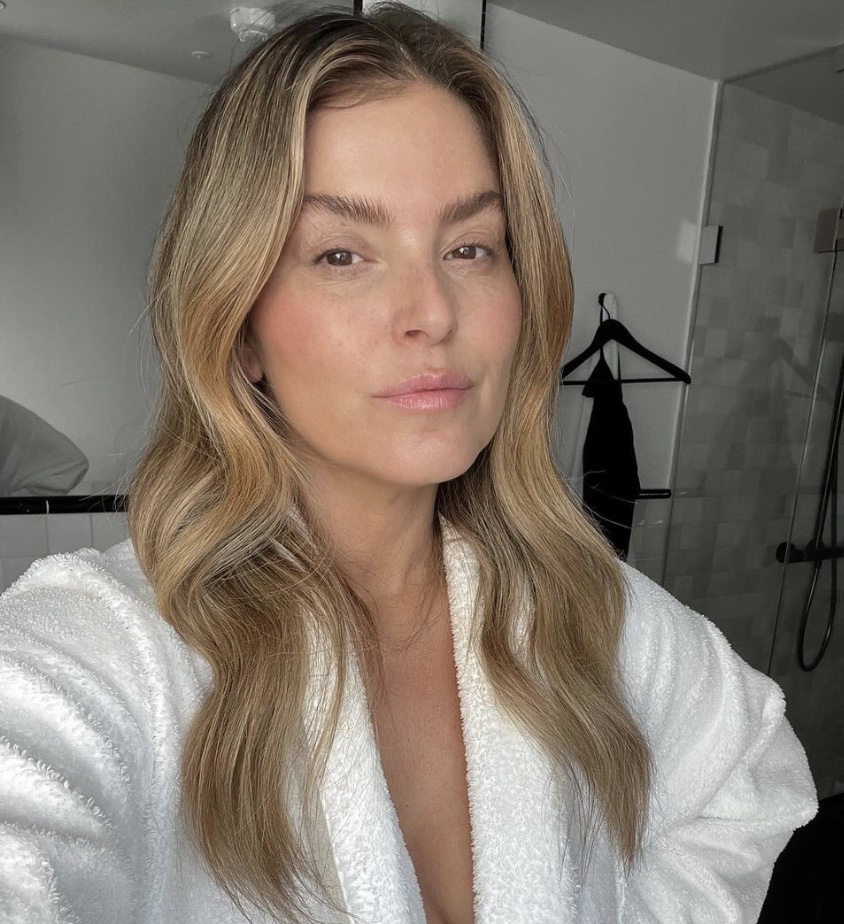
"Because it can refer to either a certain age or condition of the skin, it’s a bit of an ambiguous term,” explains Sarah Chapman, cosmetic scientist, skincare expert and founder of Skinesis. "If we’re looking for classic signs of a ‘mature’ complexion, it would be skin that’s showing visible signs of ageing—loss of volume and firmness, fine lines, wrinkles and signs of sun damage such as uneven pigmentation and collagen loss.”
It’s also important to note that a variety of factors play a role in skin maturity, including genetics, ethnicity, overall health, and lifestyle choices like hydration, smoking, drinking, and sun exposure.
Below, we've put together a definitive edit of the best foundations for mature skin, including expert advice from Chapman and celebrity make-up artist Kenneth Soh, who's worked with the likes of Golda Rosheuvel, Sophie Okonedo and Priyanka Chopra. So, whether you were curious about how our skin changes as it matures, how to find the right foundation and all the different ways you can apply it, here's everything you need to know.

The Best Foundations for Mature Skin
- Best Overall: Giorgio Armani Luminous Silk Foundation, £47
- Best Glow Giver: Charlotte Tilbury Beautiful Skin Foundation, £39
- Best for Luxury Formula: Tom Ford Shade & Illuminate SPF 50, £130
- Best Budget Foundation: Beauty Pie Everyday Great Skin Foundation, £16
- Best for Oily Skin: Clinique Even Better Clinical Serum Foundation, £39
1. Armani Luminous Silk Foundation

Formula: Liquid
Number of shades: 36
Finish: Naturally luminous
Coverage: Medium
Why we love it: First launched in 2000, there’s a reason why Armani’s Luminous Silk Foundation has stood the test of time—and garnered a cult following along the way. In just a few pumps, it makes light work of covering age spots, redness and blemishes without creasing in fine lines and wrinkles. See the Micro-Fil technology as the cherry on top, naturally brightening the complexion for a radiant and glowy finish. We have every expectation that it will still be sitting here triumphantly in another 20 years.
Pros
- Feels weightless
- Good shade range
- Doesn't settle in lines
- Radiant finish
Cons
- Expensive but luxurious
2. Charlotte Tilbury Beautiful Skin Foundation

Formula: Liquid
Number of shades: 30
Finish: Glowy
Coverage: Medium
Why we love it: As we now know, hyaluronic acid is great to look for in a foundation for mature skin and with Charlotte’s magic formula, the much-loved ingredient takes centre stage. Expect skin to remain moisturised and hydrated throughout the day, with the added rose complex blend targeting dullness, dryness, pigmentation and dark circles. For a super natural finish, use a blending sponge and gradually build onto the areas that need a little extra coverage.
Pros
- Hydrating formula
- Radiant, satin finish
Cons
- May not be best for oily skin
3. Tom Ford Shade & Illuminate SPF 50
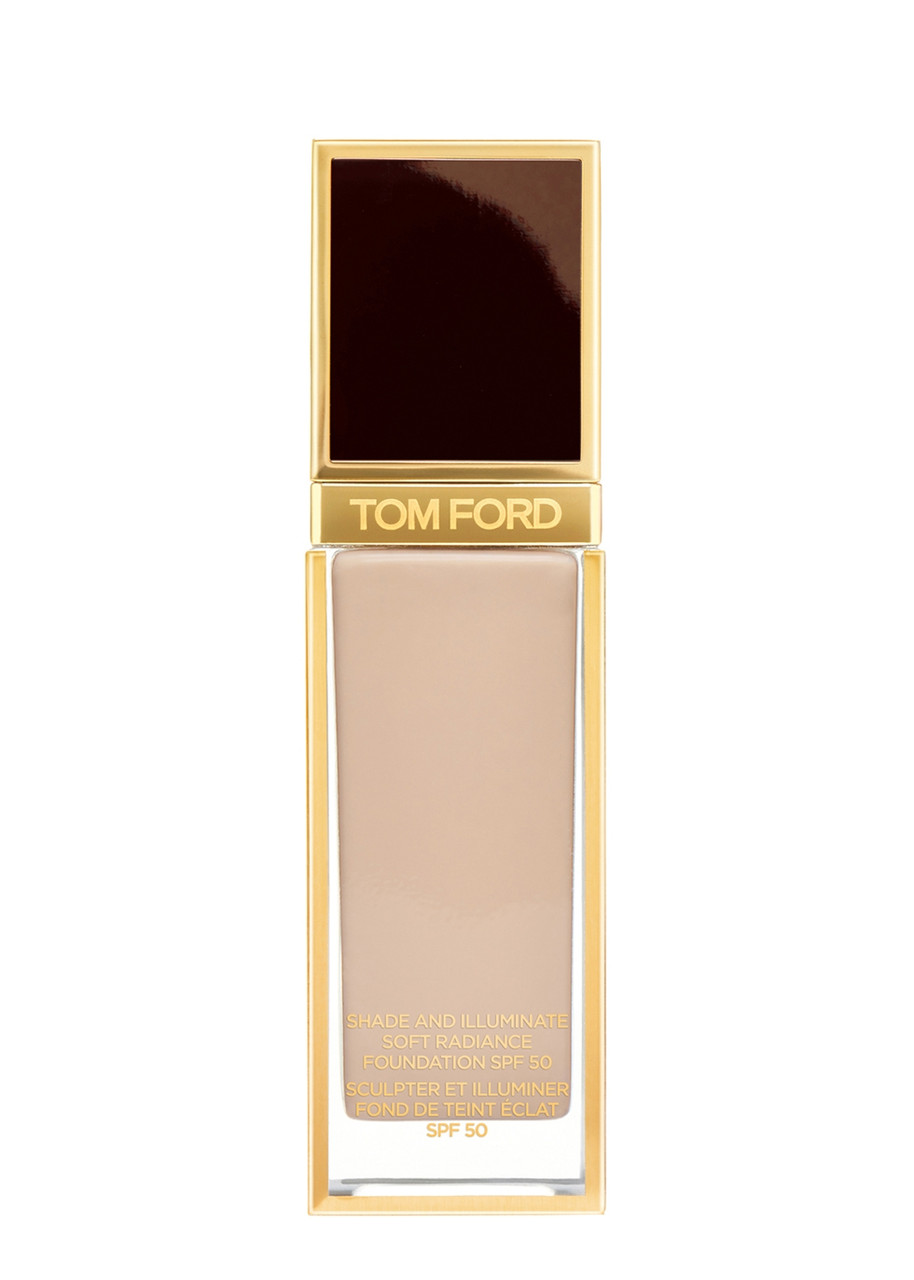
Formula: Liquid
Number of shades: 39
Finish: Dewy
Coverage: Medium to full
Why we love it: Not only is hyaluronic acid on hand for dehydrated skin in need of a little TLC, you’ll also find a trio of natural oils, including noni fruit extract—FYI Miranda Kerr drinks its juice every day for a youthful complexion. The medium-to-full coverage foundation blends into the skin like a dream, and light-diffusing powders create the perfect radiant finish. So. Much. Yes.
Pros
- Blends effortlessly
- Luxury formula
Cons
- Much higher cost than others on this list
4. Westman Atelier Vital Skin Foundation Stick

Formula: Stick
Number of shades: 20
Finish: Naturally radiant
Coverage: Buildable
Why we love it: World-class makeup artist and founder Gucci Westman was inspired by what she was looking for and couldn’t find in a foundation when developing this Westman Atelier product. As a rosacea sufferer, it was important for skin soothing ingredients, such as coconut oil and camellia seed oil, to feature in an easy-to-use creamy stick foundation formula.
Pros
- Quick and easy to apply
- Blends effortlessly
Cons
- Higher price point than others
- Can cling to dry patches on very dry skin
5. Clinique Even Better Clinical Serum Foundation

Formula: Serum
Number of shades: 42
Finish: Satin matte
Coverage: Full
Why we love it: Salicylic acid, hyaluronic acid and three types of vitamin C work to reduce dark spots, discolouration, age spots, and blemish marks every time you wear Clinique’s clever concoction. For those with oily skin on the lookout for a full coverage foundation that will not budge, you’ve just met your match.
Pros
- Great for breakout-prone skin
- Full coverage
Cons
- May not be best for dry skin, or those who prefer a dewy finish
6. Sisley Sisleÿa Le Teint Anti-Ageing Foundation

Formula: Liquid
Number of shades: 20
Finish: Luminous
Coverage: Light
Why we love it: Skin-loving ingredients like soy peptide, white willow extracts, chlorella and cherry blossom are at the helm of Sisley’s light-coverage foundation. The super moisturising blend softens lines and wrinkles while boosting skin's natural radiance and firmness—prepare for the onslaught of compliments.
Pros
- Skincare boosted formula
- Moisturising
- Luxurious formula with skincare ingredients
Cons
- Very heavy price tag
7. Nars Light Reflecting Advanced Foundation

Formula: Liquid
Number of shades: 36
Finish: Natural
Coverage: Medium
Why we love it: This foundation is loved by all ages and skin types for good reason. Infused with biomimetic oat, milk thistle and cacao peptides to defend against pollution and blue light, the buildable formula seeks to improve the general appearance of skin, even after it’s removed. The light-reflecting technology is just the ticket for giving the skin a healthy and natural overall radiance.
Pros
- Extensive shade range
- Naturally radiant finish
Cons
- Need to build up for full coverage
8. Jones Road What The Foundation
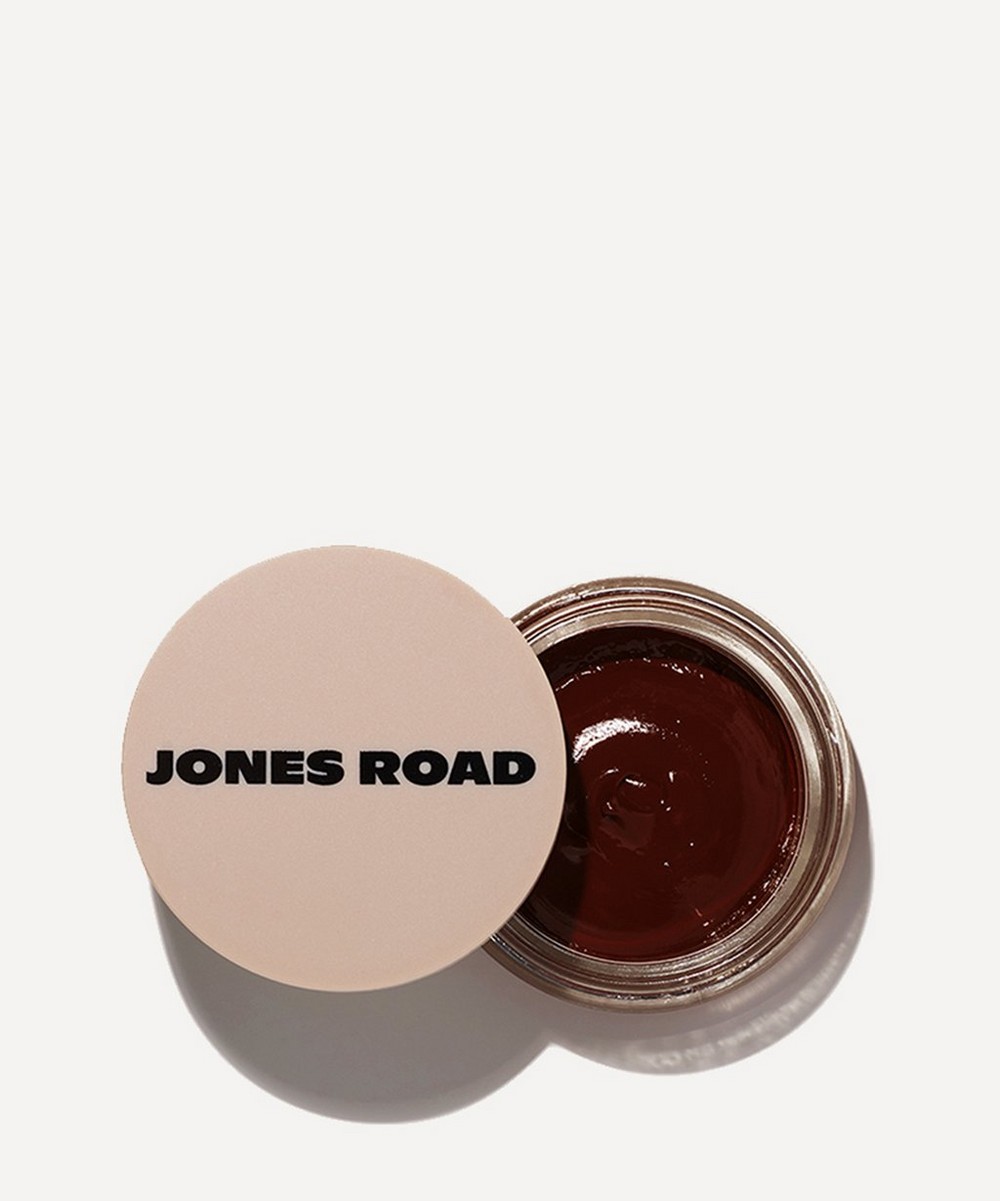
Formula: Balm
Number of shades: 16
Finish: Seamless
Coverage: Light to medium
Why we love it: Anything world-renowned make-up artist Bobbi Brown touches turns to gold, and the foundation from her own brand, Jones Road, is no different. Ingredients like jojoba oil and sodium hyaluronate play their part in plumping and hydrating the complexion while the buildable light-medium coverage gives a your-skin-but-better finish.
Pros
- Hydrating formula
- Melts into the skin for a natural finish
Cons
- Packaging can be messy
9. Shiseido Synchro Skin Radiant Lifting SPF 30 Foundation
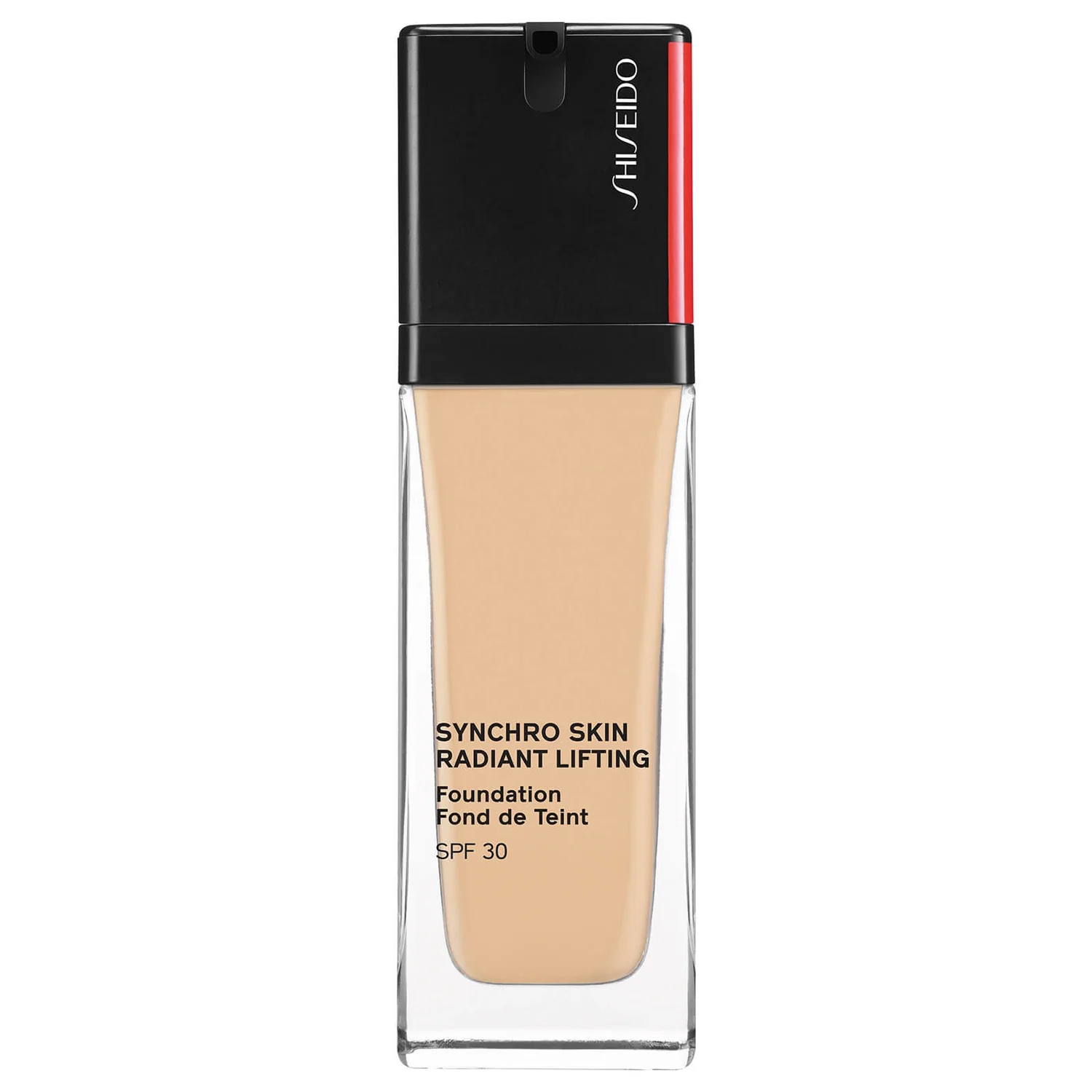
Formula: Liquid
Number of shades: 30
Finish: Radiant
Coverage: Medium to full
Why we love it: Featuring a blend of mandarin-peel extract, light-adjusting technology, luminous pearls, and microcrystals, this foundation refines skin texture, reduces the look of hyperpigmentation, and smooths fine lines. It’s also water-, transfer-, and crease-resistant, making it the perfect pick for summer.
Pros
- Includes skincare benefits
- Radiant finish
- Blurs the skin
Cons
- Fragrance may irritate sensitive skin
10. ILIA Super Serum Skin Tint SPF 30

Formula: Serum
Number of shades: 30
Finish: Dewy
Coverage: Light
Why we love it: This is one of the best Ilia products ever. Hyaluronic acid and herbal squalane create a natural barrier that locks moisture into the skin while niacinamide brightens dark spots and smoothes fine lines. It feels exceptionally weightless on the skin, so much so, you won’t even realise you’re wearing base make-up at all. For any areas that need a little extra coverage, go in with a slightly heavier-duty concealer like the Ilia Beauty True Skin Serum Concealer(£29).
Pros
- Feels weightless
- Offers a dewy finish
Cons
- Needs to be layered for more coverage
11. Lancome Teint Idole Ultra Wear Foundation

Formula: Liquid
Number of shades: 49
Finish: Matte
Coverage: Full
Why we love it: Matte, blurring foundations are harder to come by these days—current makeup trends are all about glow and radiance. However, if you have oily skin and are prone to shine, then a matte foundation is your best bet for keeping skin looking fresh and even all day long. This lightweight formula prevents shine without looking dry or cakey.
Pros
- Great for oily skin
- Matte finish
Cons
- Can emphasise dry patches
12. Beauty Pie Everyday Great Skin Foundation

Price shown is members' price.
Formula: Liquid
Number of shades: 21
Finish: Natural
Coverage: Medium to full
Why we love it: Infused with high-tech micro-pearls, Beauty Pie's Everyday Great Skin Foundation is loved for its natural but radiant skin-like finish. Plus, the fact that there are multiple shades and undertones makes it easier than ever to find the shade that actually suits your skin tone.
Pros
- Easy to apply
- Good shade range
- Natural finish
Cons
- You need to be a member to access lower price
13. Bareminerals Barepro 24hr Skin-Perfecting Powder Foundation

Formula: Powder
Number of shades: 35
Finish: Natural matte
Coverage: Medium to full
Why we love it: You might think that mature skin would be incompatible with powder formulas, but there are currently loads of options on the market that don't dry out the skin or look cakey. One that every beauty-lover has been raving about lately is Bareminerals' powder foundation for its ability to keep the skin looking airbrushed without appearing dry or flaky. It's one of the best full coverage foundations out there.
Pros
- Quick to apply
- Full coverage
- Ideal for combination or oily skin
- Sweat and waterproof
Cons
- May be too matte for dry skin
14. Dior Forever Skin Glow Foundation

Formula: Liquid
Number of shades: 43
Finish: Radiant
Coverage: Light to medium
Why we love it: If you like a radiant finish, then you will love this foundation from Dior. The serum-like formula features an 86% skincare base to hydrate the skin and let it breathe. However, it still manages to deliver impressive coverage and will last you from morning till night.
Pros
- Hydrating formula
- Radiant finish
Cons
- Might not be the best for oily skin types
15. Lisa Eldridge Seamless Skin Foundation

Formula: Liquid
Number of shades: 43
Finish: Fresh and natural
Coverage: Buildable
Why we love it: Few foundations tick all of the boxes, but this one from legendary makeup artist Lisa Eldridge comes incredibly close. It's buildable, hydrating, looks natural (while still providing impressive coverage), and can double up as a concealer. In short, it's a makeup bag must-have, and so easy to use and apply if you're a foundation newbie.
Pros
- Extensive shade range
- Mattifying formula
- Buildable coverage
Cons
- May not be suitable for those who prefer a radiant finish
16. Chanel Sublimage L'essence De Teint Ultimate Radiance-Generating Serum Foundation
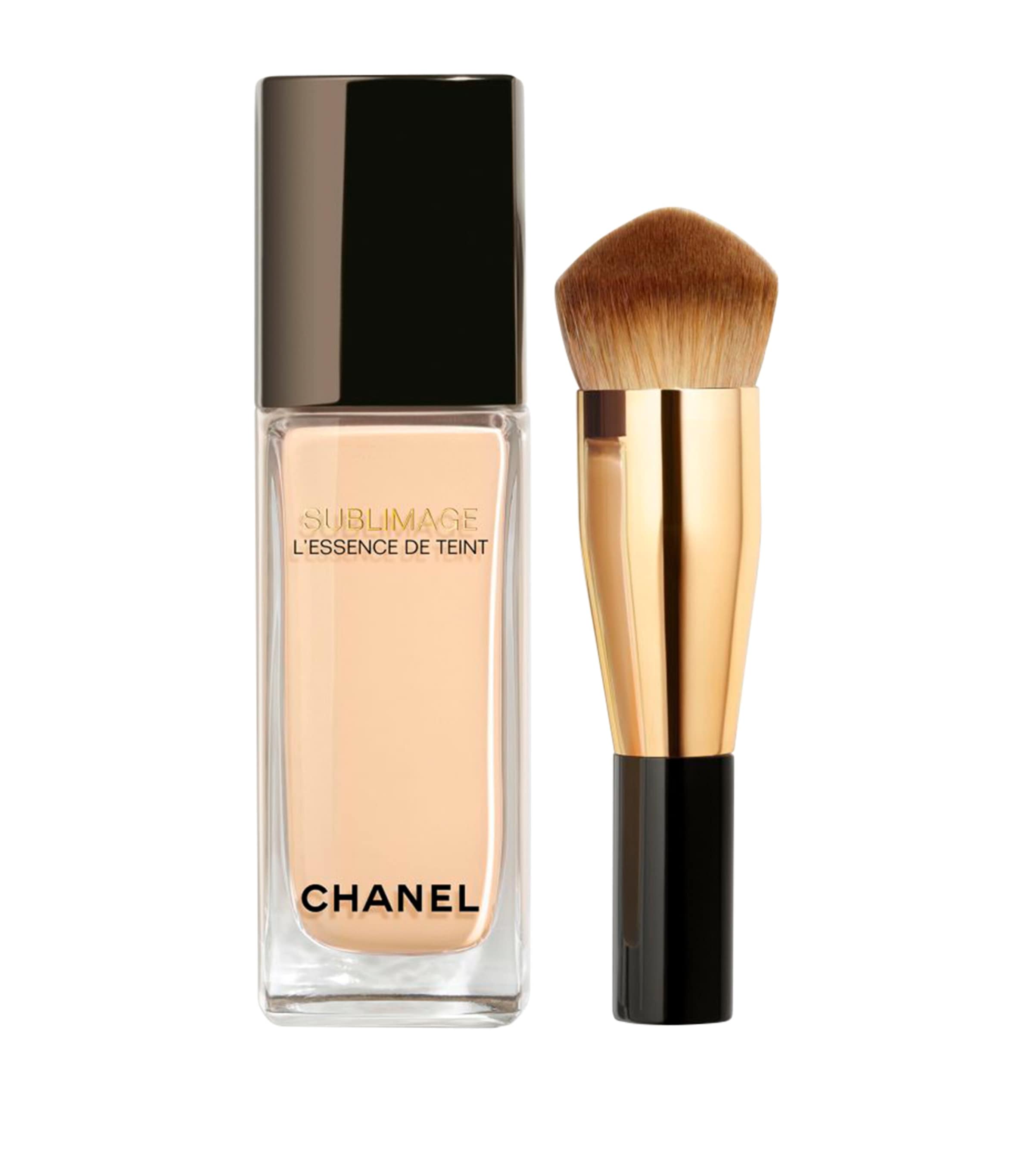
Formula: Liquid
Number of shades: 26
Finish: Fresh and natural
Coverage: Light-to-medium
Why we love it: This serum-like texture glides over the skin and melts in effortlessly, leaving a soft, buttery finish that feels instantly smoothing. Its satiny luminosity brings life back to the complexion and the light-to-medium coverage builds beautifully without settling into fine lines. It even includes a uniquely domed Chanel brush designed to hug the natural contours of the face, making blending seamless. Whilst the price tag is eye-watering, it’s especially well suited to dry or mature skin types craving comfort, glow and a plumped appearance.
Pros
- Lightweight, silky formula
- Ideal for dry skin types
- Includes a Chanel makeup brush
Cons
- An investment purchase
What Happens to Skin When We Age?
As we get older, our complexion decreases its production of sebum, oil and ceramides, which are essential to help strengthen the lipid barrier and retain moisture, keeping skin plump and firm. "Cell turnover also slows down—from about every 14 days as infants to about 30 days in our 30s to 60+ days as we reach our 60s,” says Chapman.
"In fact, research suggests that by our early twenties, collagen production starts diminishing by 1% each year. Our collagen and elastin fibres become thicker and less taut, leading to slackening, a change in face shape, and a reduction in the youthful plumpness of the skin.” However, it isn’t one size fits all, and someone in their 20s may show more signs of ageing than someone in their 40s, so it’s all about being in tune with your skin.
What to Look for in a Foundation for Mature Skin?
According to Chapman, you should look for make-up with good skincare ingredients. "Our skin can become increasingly dull and dehydrated as we age, so hydrators such as hyaluronic acid can help plump out fine lines and help keep your skin looking dewy and radiant throughout the day.” Chapman says it’s worth noting that although a foundation offering extra UV protection is always beneficial, never skip your dedicated SPF.
What to Avoid in a Foundation for Mature Skin?
As for things to avoid? "I recommend avoiding retinol in a foundation and focusing instead on delivering high-quality actives through your skincare. Vitamin A can make your skin more sensitive to UV rays, so if you do go for a foundation containing retinol, it’s even more important to wear a high-protection SPF underneath.”
How to Apply Foundation on Mature Skin
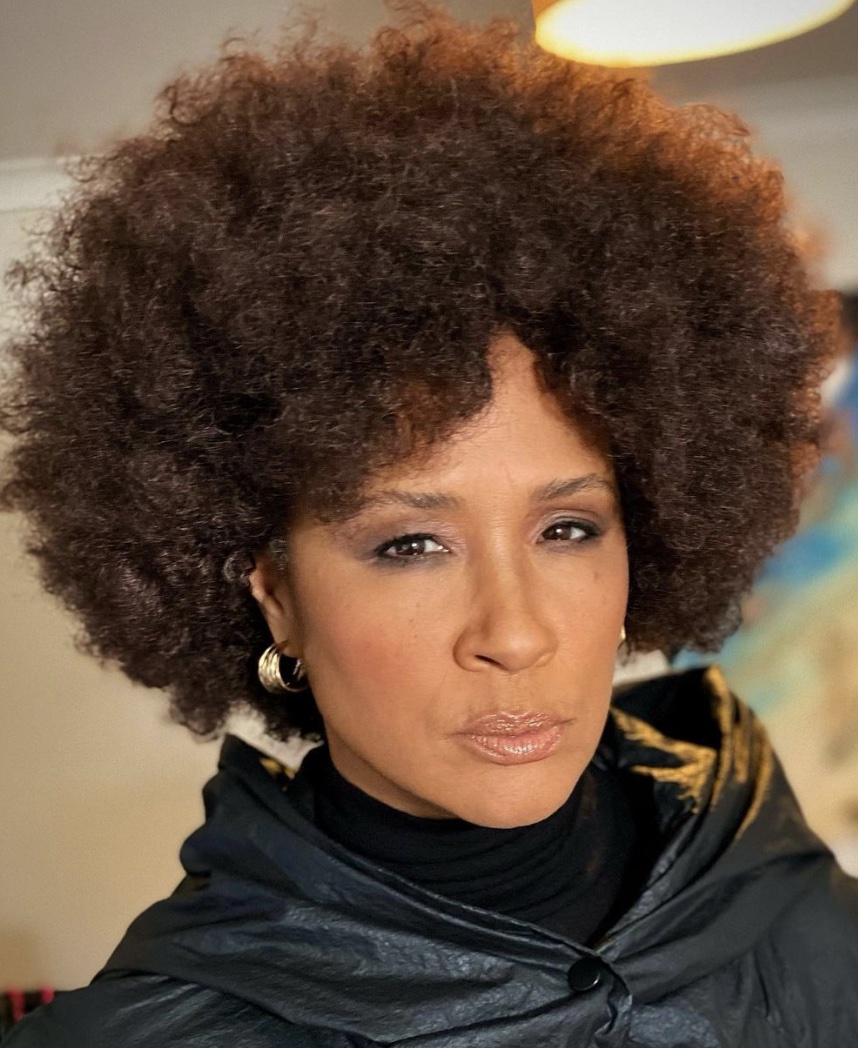
"See where you need foundation, be it to warm and even out skin tone or to provide a little coverage, then working with the principle that less is more, use only what you need, starting from the centre of the face, working outwards,” explains Soh. "Keep as little product as possible on areas where there are lines or creases. I often run a clean cotton bud over the areas with lines to help prevent any creasing or build-up of foundation.”
How We Tested
We know that foundation is one of the most personal products in your makeup bag, especially when you're navigating the nuances of mature skin. To make sure every recommendation here truly delivers, we put each foundation through its paces on real skin, not just in swatches or studio lighting. Our editors, experts and contributors (with skin ranging from dry to combination and ages spanning from 20s to 60s) wore each formula in their daily lives, from school runs to Zoom calls to long dinners. We looked at coverage, blendability, finish, how it wore throughout the day, and—crucially—how it interacted with fine lines, dryness, or texture. If it creased, caked, or disappeared by lunch, it didn’t make the cut.
Why Trust Us
At Who What Wear UK, we know that beauty isn’t one-size-fits-all. Our editors have tested thousands of products, including skincare, makeup, hair and nails, over the years and work closely with trusted experts—dermatologists, make-up artists and leading industry insiders—to ensure every guide is well-researched, inclusive and relevant to you.
We focus on formulas that deliver, whether they’re affordable favourites or luxury investments. Our product selection is based on tangible results, ingredient know-how and what we’d truly recommend to a friend.
This story was published at an earlier time and has since been updated.
Mollie Burdell is a freelance beauty editor, presenter and host. She trained as a makeup artist at the prestigious Delamar Academy, covering everything from prosthetics and theatre to TV and film, and then went on to graduate from university with a First Class Honours degree in journalism. After completing internships at Grazia, Look, Cosmopolitan and Stylist, she landed her first writer role at Superdrug's Dare magazine. Mollie then joined the Harrods content team as a beauty writer before being promoted to the deputy beauty editor. There, she developed the content strategy, tone of voice and creative identity for H Beauty—Harrods's standalone regional beauty stores.
- Denise PrimbetBeauty Contributor
-
 From Chanel to Hermès, These Are the 9 Products Our Beauty Team Actually Want for Christmas
From Chanel to Hermès, These Are the 9 Products Our Beauty Team Actually Want for ChristmasWe want to find these under the tree.
-
 French Women Swear By This Lip Balm for Just-Bitten Lips in One Swipe
French Women Swear By This Lip Balm for Just-Bitten Lips in One SwipeIt's so easy.
-
 In All My Years as a Beauty Editor, These Are the Best Space NK Black Friday Deals I’ve Ever Seen
In All My Years as a Beauty Editor, These Are the Best Space NK Black Friday Deals I’ve Ever SeenThe best you can buy.
-
 I'm Shocked: These 26 Iconic Products Are Actually Discounted in Cult Beauty's Cyber Monday Sale
I'm Shocked: These 26 Iconic Products Are Actually Discounted in Cult Beauty's Cyber Monday SaleYou have to see these.
-
 Not a Drill: There's 25% Off Victoria Beckham Beauty Right Now—11 Products I'm Buying
Not a Drill: There's 25% Off Victoria Beckham Beauty Right Now—11 Products I'm BuyingThis discount is unheard of.
-
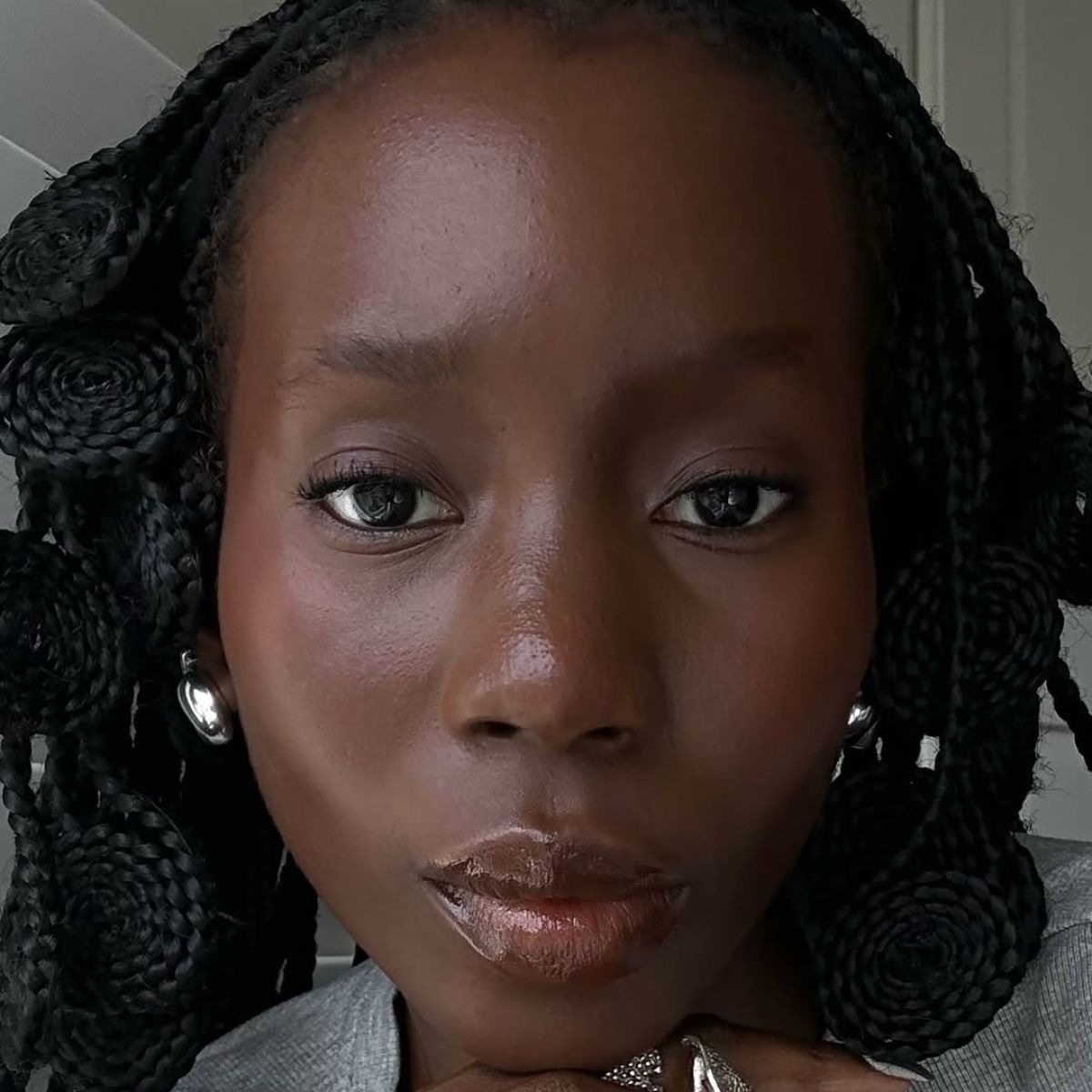 I Have Dry Skin—This Is the Expert-Recommended Product That Gets My Makeup to Sit Beautifully
I Have Dry Skin—This Is the Expert-Recommended Product That Gets My Makeup to Sit BeautifullyMUA-approved.
-
 Alexa Chung's Makeup Always Has Me in Awe—9 Products I've Spied Her Using
Alexa Chung's Makeup Always Has Me in Awe—9 Products I've Spied Her UsingInsider info.
-
 Not Chrome, Not Milky—"Marshmallow Nails" Is the Elegant Manicure Trend to Ask for This Winter
Not Chrome, Not Milky—"Marshmallow Nails" Is the Elegant Manicure Trend to Ask for This WinterIt looks as sweet as it sounds.

